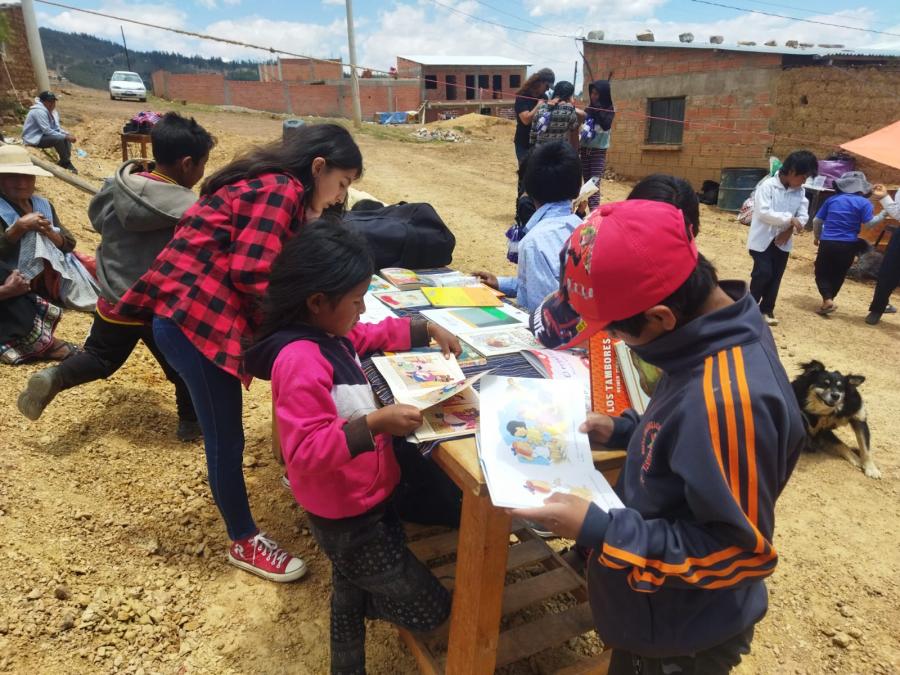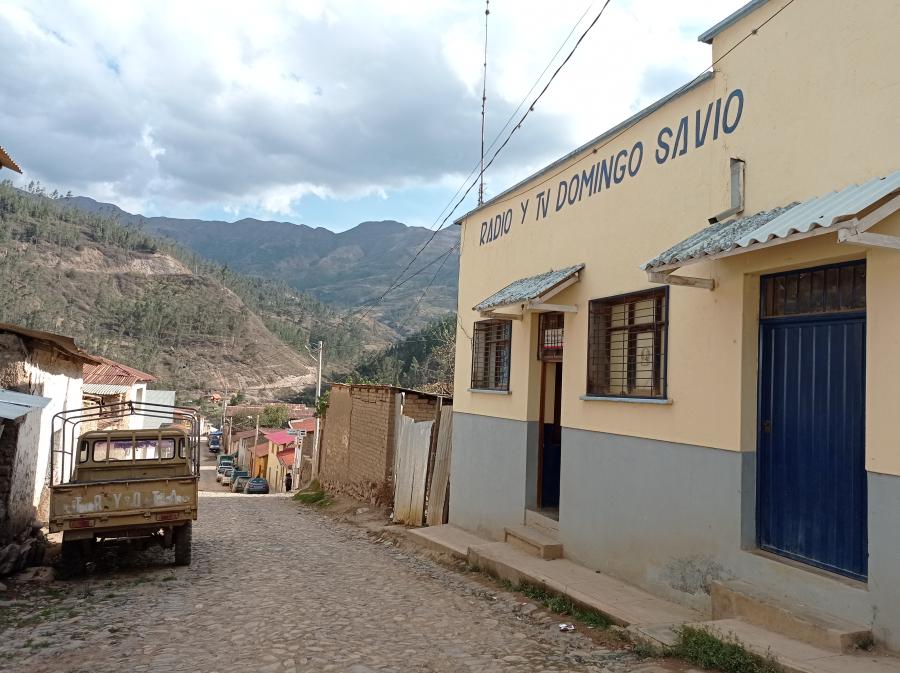The man-Eating mines of Potosí
On the Bolivian Altiplano, at more than 4000 meters above sea level, lies South America's most elevated town. Potosí is a mining town famous for the incredible riches that have been cut out of the Cerro Rico Mountain ever since 1545, when the Spaniards began with large-scale excavation. Its silver soon became the foundation of the Spanish Empire, and at its peak in the seventeenth century Potosí was one of the world's largest and wealthiest cities.
Over centuries Potoí's wealth was exported to Europe or to other Spanish colonies. When Bolivia achieved independence in 1825 its silver mines were nearly exhausted and Potosí's population had decreased from 200,000 to 10,000. To make matters worse, the fall in silver prices hurt Potosí's economy such that it could never completely recover. Today Potosí's mythical wealth is evident only in the expression "un potosí" for someone unbelievably rich.
Life is harsh on the Bolivian Altiplano. Paid jobs are difficult to find and most people live on subsistence agriculture or small herds of Llamas and Alpacas. With nearly 10 percent of its 120,000 inhabitants working either in the mining industry or in related areas, Potosí is one of the few exceptions to the rule. Today tin, zinc, lead, and silver are the main types of ore mined at Cerro Rico. The "rich hill," however, doesn't make its mineworkers wealthy; the exploitation of their labor started with the Spanish Conquistadores and continues to this day. Very few find enough metal to significantly improve their standard of living; the vast majority never rise out of poverty.
When in the mid-1980s the Bolivian government abandoned the money-losing state mines, they were open to anyone willing to work them. The two dozen small-scale, often familyrun, mining cooperatives that took over can rarely afford the safer modern technology used in larger mining operations.
Men are squeezed into tiny spaces and spend hours pounding a 20-inch hole out of the rock with only a metal bar and a hammer. They then insert a stick of dynamite, blow out a piece of rock, and have their assistants -- young boys, many of them not yet in their teens -- carry the debris out of the mine in a wheelbarrow.
Oxygen is scarce at 4000 meters, and even scarcer in the small tunnels of the mine. Instead of battery-powered flashlights, miners use lamps that burn acetylene gas. These old-fashioned lamps have the advantage of going out whenever the oxygen in the air is used up; mineworkers know to get out of the shaft immediately to avoid suffocation when their lamps go out.
In addition to the lack of oxygen, every explosion pulverizes the rocks and fills the mines with dust. Many miners smoke strong unfiltered cigarettes and believe that these will fill up their lungs with tar (which they perceive as the lesser evil) until there is no more room left in them for dust. Not surprisingly, asthma, silicosis, and other pulmonary problems are the most common health hazards. Due to the abrupt changes of temperature between the hot tunnels of the mine and the chilly Altiplano winds, miners frequently suffer from colds.
In these poor health and working conditions, the miners literally work themselves to death. Very few survive more than twenty years of underground labor; their life expectancy is not above forty.
Each miner buys a small stake in the mountain and works on one section of the network of tunnels together with his assistants. He remains the sole owner of the material he extracts and his profit is based on production. The mineworker also has to cover the costs of his equipment -- tools, acetylene lamps, dynamite, and the coca leaves that react with saliva and calcium carbonate to produce the strong, pain- and hunger-killing stimulant essential to mastering the sometimes 72-hour work shifts. Several tons of overburden must be excavated to get enough metal for a small profit.
Cooperatives provide a very basic health insurance and control funds raised from "adventure" tourists who take tours of the mines and visit the workers. A growing number of the miners have already taken advantage of the lucrative tourist trade, working as guides to the shafts they themselves used to mine. The tourists are appreciated because they bring along presents such as cigarettes, coca leaves, and sticks of dynamite bought at the miner's market before entering the mines.
During colonial times an estimated eight million Inca slaves died in the process of the silver extraction. Today, miners still lose their lives in accidents or because of poor health conditions. The mansions and churches of Potosí are gradually being restored (under a UNESCO program) to their former glory, but in a city soon to be a prime tourist destination, most of the miners of the Cerro Rico Mountain have been left out of the equation, abandoned in their shafts as if nothing had ever changed.
Further reading
Dodoy. R. (1990). Mining and Agriculture in Highland Bolivia. Tucson: University of Arizona Press.
Article copyright Cultural Survival, Inc.


